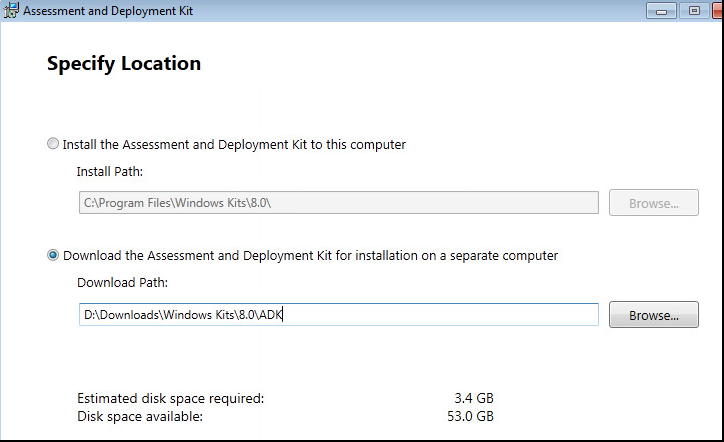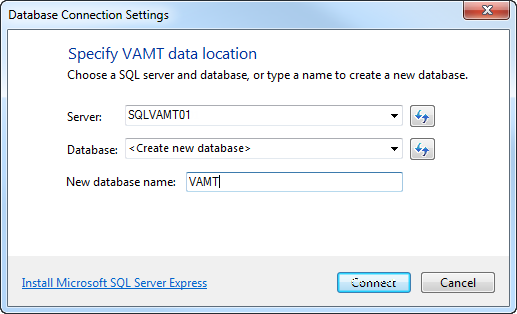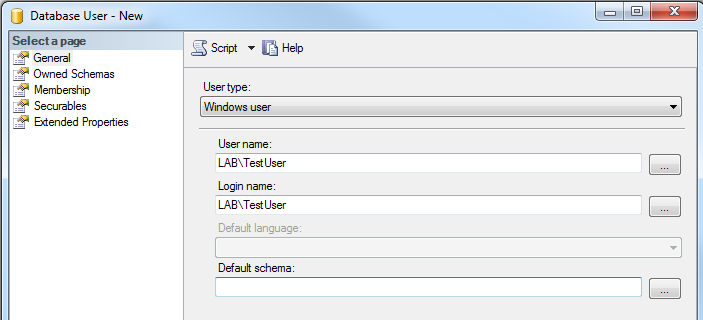Microsoft Volume Activation Management Tool 3.0 (VAMT 3.0) Shared Setup - Step by Step
The Microsoft Volume Activation Management Tool (VAMT) is an administrative console meant to make it easier for IT Staff to remotely manage the Microsoft licenses on devices on the network. It can deploy and activate keys for products like Windows (both desktop & server platforms) and Microsoft Office. While the previous version of VAMT was a standalone MMC where you could optionally store data in flat files, this version now uses a SQL backend to store both your product keys in, as well as computers that you've inventoried. This guide will attempt to walk you through the installation of VAMT 3.0 and setup of your VAMT database.
The first step in the setup is to download the product. VAMT no longer comes as a its own installer, you must download it as part of the Assessment and Deployment Kit (ADK). While the download says it's for Windows 8, it will work fine on Windows 7 if you haven't made the leap forward yet. After downloading and starting the setup, I recommend selecting the non-default option to downloading the entire kit to install later. I suggest this because it means that you can pull the VAMT installation out of that folder to share with your colleagues once you have the database setup.

While this is downloading, it would be a good time to point out that VAMT 3.0 is going to require Powershell 3.0 or greater, which you should be able to find on the Microsoft PowerShell website.
Once the download is complete, browse into the destination folder you created, then into the Installers folder, and execute the Volume Activation Management Tool - x86_en-us.msi installer. The installation is quick and has no GUI outside of a progress bar. Once the installation is complete, you can find it on your Programs Menu under Windows Kits\Windows ADK. Launching it for the first time will prompt for a database server and name, which we're going to create on the fly. If you don't already have a SQL server setup, follow the link in the application to install SQL Express. If you're looking to share this database with others, make sure you place it somewhere that can be centrally managed, and that will be online often. For the purposes of this guide, we'll assume that the database server is already setup and we're going to let the application create the database.

At this point, you now have a database that can store the keys, and you have the console installed on at least one computer. In order for others to be able to use the database, however, you're going to need to give them rights. To do this, start-up the SQL Server Management Studio (installable using the media you used to setup the database, or downloadable from Microsoft), connect to your server, expand Databases, then the database you created, security, and then users. Right click on Users and select New User. Your user type should be "Windows User", and then you'd find your user from the Active Directory domain.

Drop down to the Membership page and check the db_datareader and db_datawriter permissions for your new user.
And that's it - you're all set with the setup of your new VAMT environment! For all other installations of the console, simply install and provide the same database connection without electing to create a new database. Your product keys and license status will be available for everyone who uses this database.
Most KMS client keys are downloaded automatically, but you may want to include some of your own. I've listed resources below to find the generic volume license keys (GVLKs) from Microsoft:
- KMS Client Setup Keys for Windows Vista, 7, and 8, and Windows Server 2008, 2008 R2, 2012, and 2012 R2
- Generic Volume License Keys for Office 2013
- Volume Activation for Microsoft Office 2010
1 comment
VAMT 3.1 remote console could not connect until Windows user was granted db_owner role. db_datareader and db_datawriter yielded an error "the specified database is not a valid VAMT database".